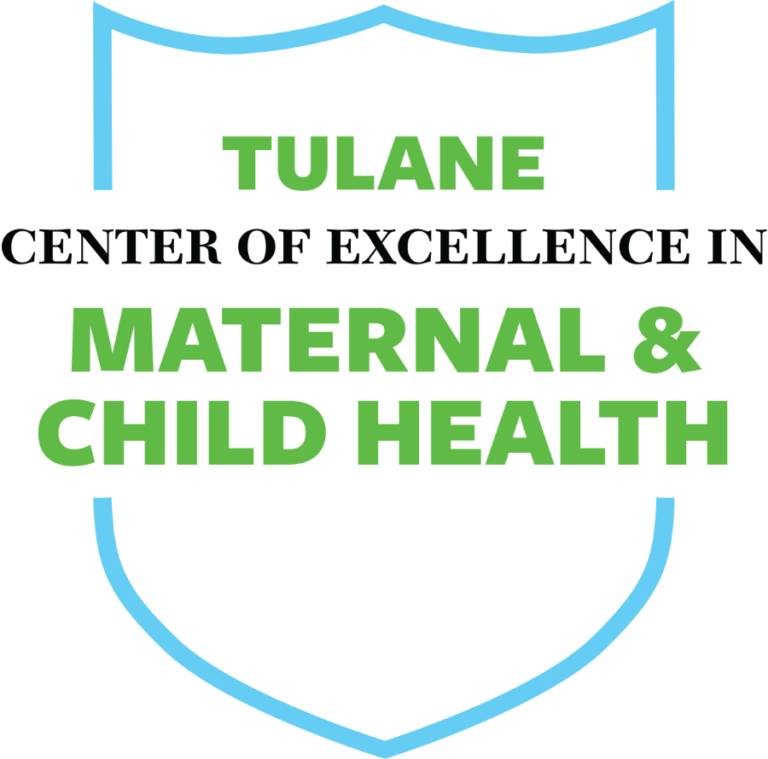Six of our MCH students attended the 2020 annual meeting of the American Public Health Association (APHA), held October 24-28, 2020, online. What follows is a post from one of the attendees.
Momi Binaifer Sagoe, BS
This year I had the privileged to attended my first APHA conference and virtual conference. Given the current COVID restrictions, the conference was hosted virtually via live stream sessions, Zoom networking workshops, and recorded presentations. Attending my first virtual conference from the comfort of my study desk and bed came with its own set of challenges, from navigating the platforms to conflicting times with zoom classes and interested APHA sessions. However, the benefit of the APHA conference being virtual was having access to all the recorded sessions to watch later at my leisure. Before starting the APHA conference, students were guided on how to navigate the APHA conference website. A group chat was created to share information on recommended sessions to watch when recordings were updated; I found that very helpful. I was personally overwhelmed because I wanted to attend every session related to maternal and child health and tap into the minds and knowledge of various experts in the health field.
My first day of the conference started with the networking event where I met and connected with people in different health departments and learned how they were impacting the world around us both domestically and internationally. I also learned what impacted their decision to work in the world of Public Health. As much as I enjoyed every session I attended and took notes, I enormously enjoyed the Innovations in Maternity Services: “Creating a healthiest nation through access to care and birth violence prevention”. One of the presenters, Kasia Jayjak, talked about combating infant and maternal mortality with the implementation of community health workers in rural Indiana. Rural areas have higher maternal mortality rates due to various barriers such as transportation, timely and adequate maternal health care access. However, implementing community health workers into their program helps reduce the maternal mortality rate in rural Indiana areas. Although their statistic was concluded to be insignificant due to limitations such as small size, COVID and homogeneous sample programs, the model fit its predictive ability to show that the program has room for improvement toward reducing maternal mortality. Listening to the innovative ways health care professionals are helping low income communities reminded me of why I wanted to be in public health and try to implement and collaborate with doulas, communities health care workers, and traditional birth attendants to reduce maternal mortality in developing countries.
I also enjoyed the film festival. One of the short films that stood out to me was, “What it means to be a better messenger.” This short film gave me insight into becoming a better messenger and understanding the power of words, and speaking to people to the heart and mind to create change on all levels from behavioral to policy changes.
Momi Binaifer Sagoe, BS, is a first-year MPH student concentrating in Maternal and Child Health. She plans to graduate in May 2022 and continue to pursue her P.A. degree after graduation. She plans to use both her MPH and PA degree. Her interests include primary health prevention and promotion, Global maternal and child health, Health systems and policies, and Health Equity and Diabetes. She enjoys cooking, reading autobiography books, watching documentaries and nature walks.
